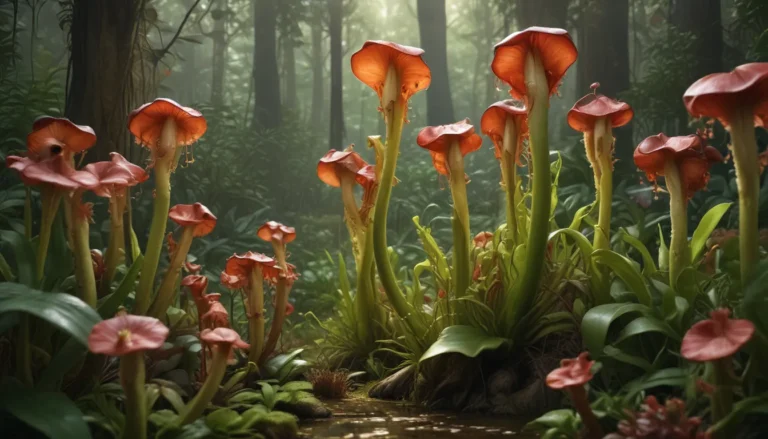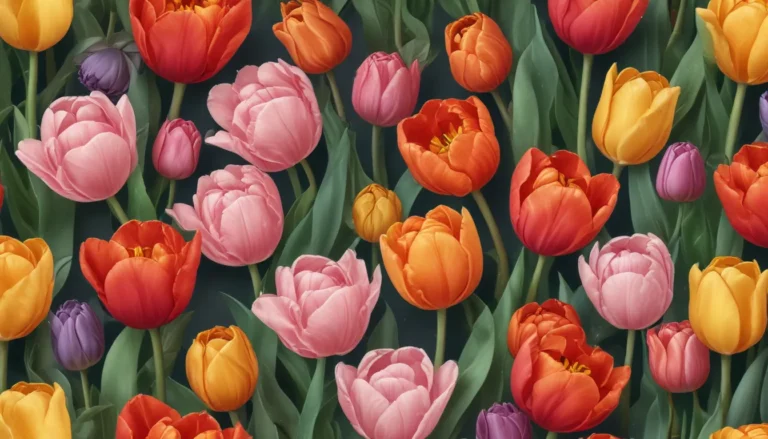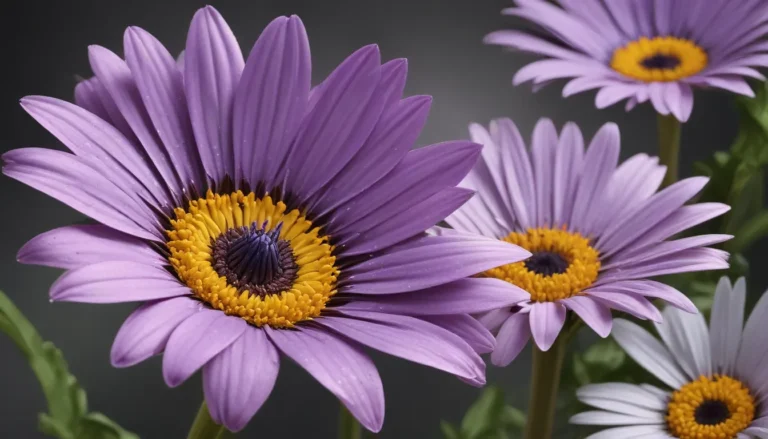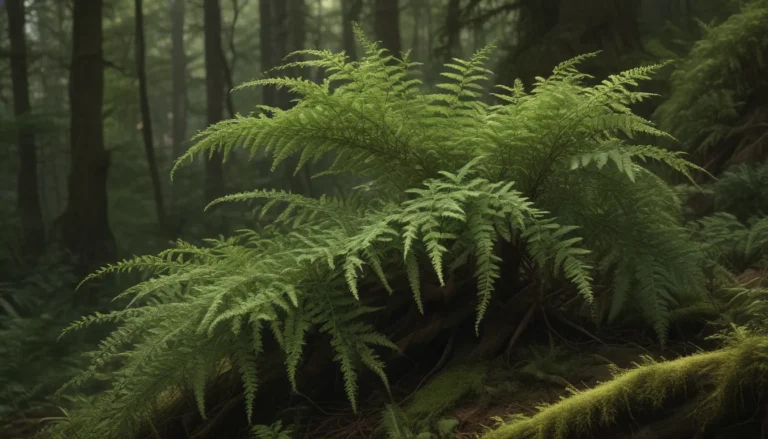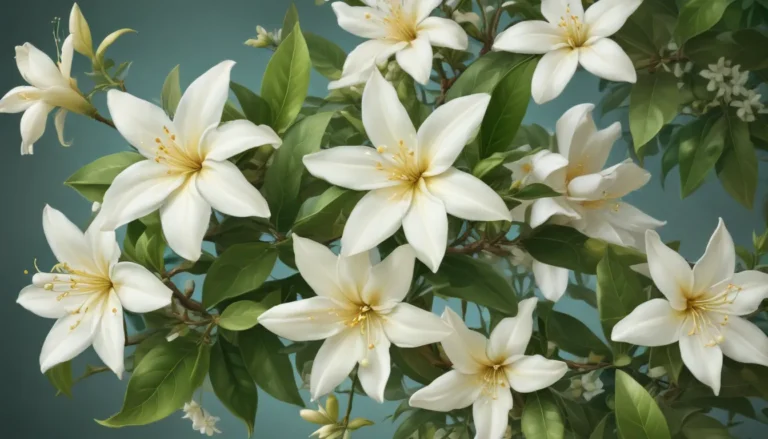The pictures we use in our articles might not show exactly what the words say. We choose these pictures to make you interested in reading more. The pictures work together with the words but don’t take their place. The words still tell you the important facts.
Caladium plants, also known as Elephant Ears, are a captivating addition to any indoor or outdoor space with their vibrant colors and unique leaf patterns. Originating from the tropical regions of South America, specifically Brazil and Peru, these plants have gained popularity for their striking foliage and easy maintenance. In this article, we will uncover 11 fascinating facts about Caladium plants, ranging from their origins and varieties to care requirements and potential health benefits. Whether you are a seasoned plant enthusiast or just starting out, there is something remarkable about Caladium plants that will intrigue and inspire you. Let's dive into the enchanting world of Caladium and explore these fascinating facts together.
Caladium: A Tropical Treasure
Caladium plants are native to South America, thriving in warm and humid conditions, making them the perfect choice for adding a touch of the tropics to your garden or indoor space. These versatile plants, also known as Elephant Ears, are popular houseplants due to their stunning appearance and ability to thrive indoors. Caladiums can be grown in containers or in the ground, as long as they receive the right amount of light, water, and well-draining soil. Their large, heart-shaped leaves resemble the ears of an elephant, hence the common nickname, Elephant Ears.
A Splash of Color and Pattern
The leaves of Caladium plants come in a wide variety of colors and patterns, ranging from green, pink, red, white, and even purple. These vibrant hues and intricate patterns make Caladiums a visual delight, adding a pop of color to any space. Whether you prefer speckled or veined leaves, there is a Caladium variety to suit every taste and style.
Easy Care and Maintenance
One of the remarkable qualities of Caladium plants is their ease of care. These plants are relatively low-maintenance and can be grown in both full sun and shade. While Caladiums prefer partial shade, certain varieties can tolerate full sun as long as they are provided with enough moisture and protection from extreme heat. During the winter months, Caladiums go into a period of dormancy, requiring reduced watering and placement in a cool, dark area until they start growing again in the spring.
Benefits Beyond Beauty
Aside from their aesthetic appeal, Caladium plants offer additional benefits that make them a valuable addition to any home. Caladiums are non-toxic to pets, making them a safe choice for pet owners looking to incorporate greenery into their living spaces. Additionally, Caladiums can improve indoor air quality by removing toxins and enhancing oxygen levels, creating a healthier environment for you and your family.
Bringing Caladiums Into Your Space
Whether you want to use Caladiums as potted plants, in hanging baskets, or as colorful additions to your garden beds, these versatile plants can be utilized in various ways to enhance your outdoor and indoor spaces. With their ability to thrive in different environments and their unique traits, Caladiums are sure to add a touch of natural beauty and charm to any setting.
Cultivating Caladiums with Care
To ensure your Caladium plants thrive and flourish, it is essential to provide them with the right care and maintenance. Here are some frequently asked questions and helpful tips for growing Caladiums:
Frequently Asked Questions:
- Q: How often should I water my Caladium plant?
-
A: Caladiums prefer moist but not waterlogged soil. Water them thoroughly whenever the top inch of soil feels dry, but be cautious not to overwater as it can lead to rotting of the tubers.
-
Q: Can Caladiums tolerate full sun?
-
A: While Caladiums thrive in partial shade or filtered light, they can tolerate some morning sun as long as they are adequately watered and not exposed to intense afternoon sunlight.
-
Q: How often should I fertilize my Caladiums?
-
A: It is recommended to fertilize Caladiums every 4-6 weeks during the growing season with a balanced, water-soluble fertilizer. Follow the instructions on the fertilizer packaging for the correct dosage.
-
Q: Can Caladiums be grown indoors?
-
A: Yes, Caladiums can be grown indoors as long as they are provided with bright indirect sunlight and well-draining soil. Keep them away from drafts and temperature extremes.
-
Q: How do I propagate Caladium plants?
-
A: Caladiums can be propagated by dividing the tubers during the dormant season. Carefully separate the smaller tubers from the main one and plant them in individual pots with well-draining soil.
-
Q: Are Caladiums toxic to pets?
- A: Yes, Caladiums are toxic to both cats and dogs if ingested. It is important to keep them out of reach of pets and take precautions to prevent accidental consumption.
In Conclusion
Caladium plants are not just ordinary houseplants; they are a fascinating and captivating addition to any plant collection. With their vibrant colors, unique leaf patterns, and easy care requirements, Caladiums have become a popular choice among plant enthusiasts. Whether you are looking to enhance your garden or add a touch of natural beauty to your indoor space, consider including Caladiums in your plant collection. These plants are sure to bring joy, beauty, and a touch of tropical charm to your surroundings.
Your Trusted Source for Credible Information
Our commitment to delivering trustworthy and engaging content is evident in every fact we share. Each contribution is made by real users like you, ensuring a diverse range of insights and information. Our dedicated editors meticulously review each submission, guaranteeing the highest standards of accuracy and reliability. Trust in our commitment to quality and authenticity as you explore and learn with us.

